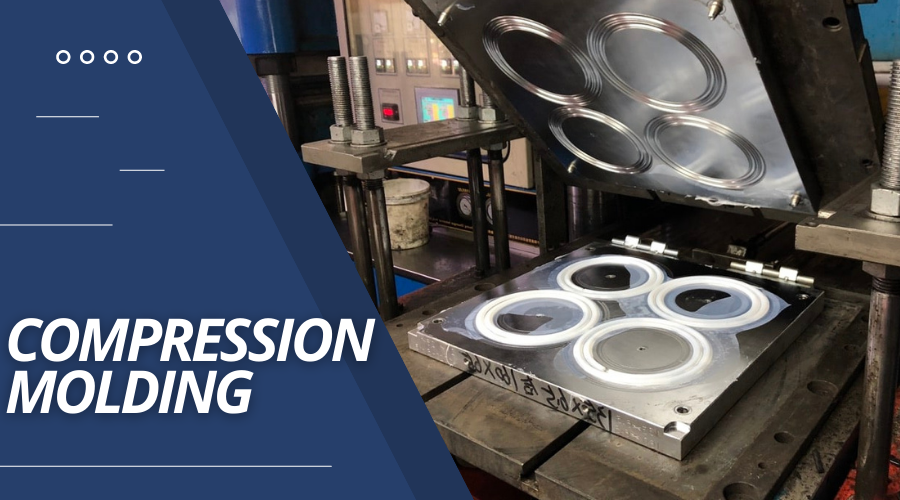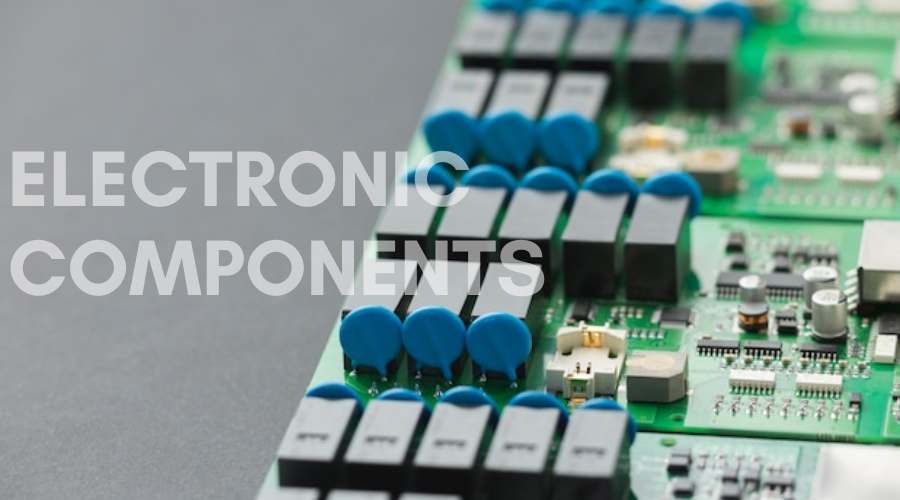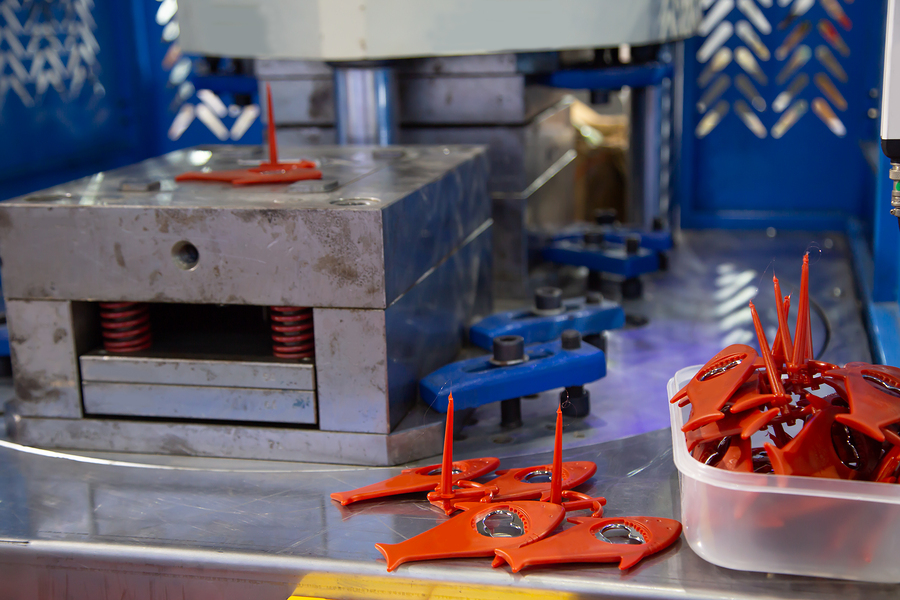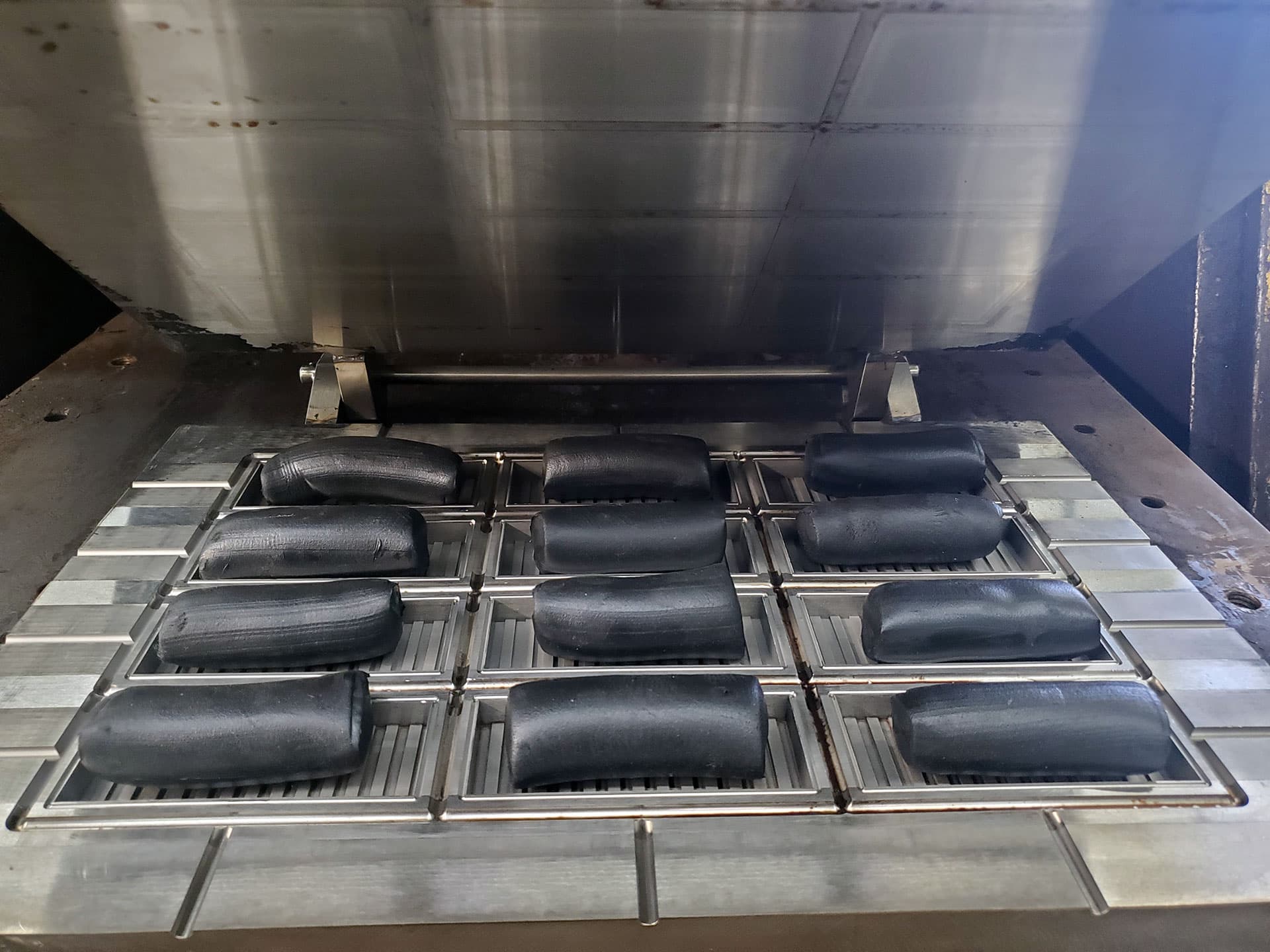
In the fabrication and molding industry, two popular techniques are widely used: rapid injection molding and compression molding. Both methods have specific purposes, but people often need help differentiating between them. Since both have a different set of pros and cons, it is important to learn about them to determine which would suit your project best. This article aims to help you in this regard.
Rapid Injection Molding and Compression Molding : Definitions and Applications
Rapid injection molding is a technique that involves injecting molten thermoplastic into a mold cavity at high pressure, which solidifies when it cools and creates the desired shape. Compression molding, on the other hand, involves compressing preheated raw materials, such as thermosets, into a cavity. Plugs are inserted to seal and pressurize the cavity, leading to the formation of a new component or product.
Applications of Rapid Injection Molding:
Rapid injection molding is suitable for the high-volume production of products that feature tight tolerances and complex shapes. Its applications include the manufacturing of:
- Electronic components
- Automotive parts
- Medical devices
- Furniture parts
- Consumer plastics and more

Applications of Compression Molding
Compression molding is more suited for low to medium-volume production of products that require high durability and strength. Its applications include the manufacturing of:
- Automotive components
- Handles
- Rubber gaskets or seals
- Electrical components and more
Injection Molding vs. Compression Molding – Pros and Cons
Learning about the distinct features of injection molding and compression molding will help you differentiate between the two techniques.
Rapid Injection Molding Pros
- Efficient And Fast Production of Uniform Components: Injection molding allows for the high-volume production of uniform parts very efficiently. There is minimal variability which makes it suitable for mass production.
- Enhances Versatility and Customization: Injection molding can be used to create intricate, complex components and parts with great accuracy and precision. It also enhances customization.
- Low Production Costs: Thanks to its efficient production with minimal variability, injection molding helps lower production costs as compared to other molding techniques.
- Supports Complex Mold Designs: Producing complex mold designs with this technique is a breeze. Manufacturers can use advanced software to design and optimize molds and produce parts with fine details and intricate geometrics.
- Tolerates a Wide Range of Materials: Rapid injection molding’s high tolerance of various materials makes it highly versatile. It can be used to mold materials like metals, elastomers, thermosetting polymers, thermoplastics, and more.
Rapid Injection Molding Cons
- Expensive Custom and Low-Volume Injection Molding:While injection molding is suitable for high-volume production, it can be quite expensive for custom molding and low-volume molding.

Compression Molding Pros
- Ease Of Maintaining Mold Tooling: Since compression molding doesn’t involve an injection cycle, very little maintenance is required when it comes to mold tooling.
- Low Initial Tooling Costs and Investment: Initial tools used for compression molding can be made of lower-cost grades of steel or aluminum.
- Enables More Efficient Color Changeovers: Compression molding is ideal for multi-color molding as it doesn’t require any special equipment, which other methods, e.g., liquid injection molding, require. The color changeovers are more efficient, which improves production efficiency.
- Keep The Properties of Materials: Compression molding preserves both the mechanical and chemical properties of materials, which means the final product can keep the advantages of the original materials.
- Ensures Better Visual Appearance by Avoiding Gate Vestige: By avoiding gate vestige, compression molding leads to a better visual appearance of products/components. A good surface finish with different styling and texture can be easily achieved with this technique.
Compression Molding Cons
- Parting Lines: Compression molding sometimes leads to visible uneven parting lines on the final product that require extra steps (polishing, finishing, etc.) to fix.
- Requiring Secondary Machining: Secondary machinery and processing is sometimes required after compression molding (for trimming purposes).

The Botton Line
Overall, both rapid injection molding and compression molding are great options for the mass production of a wide variety of components. Based on the above-listed pros and cons, you should choose the technique that best suits the nature of your project and your specific requirements. We at HordRT, a seasoned brand, offer both services.
Established in 2013, HordRT is a reputed provider of rapid injection molding and compression molding services. We specialize in small-volume production, rapid tooling, silicone heat compression, CNC machining, aluminum extrusion, aluminum die casting, plastic injection molding process, and more. The refined manufacturing processes and in-house production facility allow HordRT to deliver molding services at cost-effective pricing. Visit our website for more details about our services.
-q4gvl4k29y4hq8j9rjpapvj0ft06fje63olt7p210i.png)


